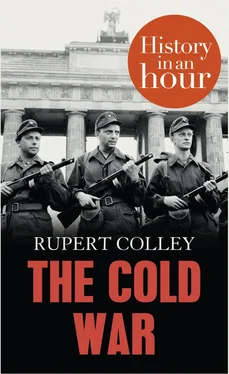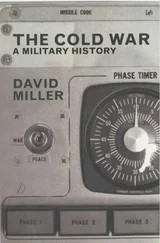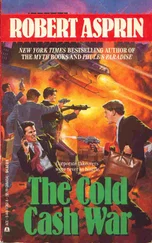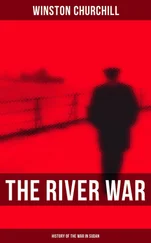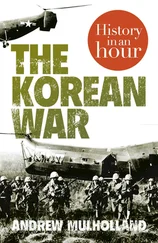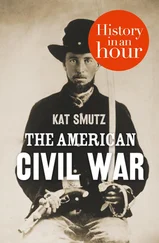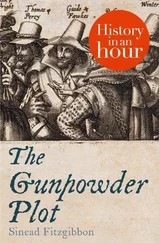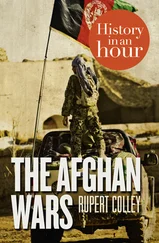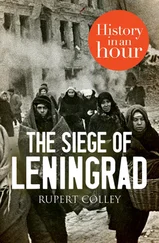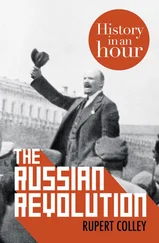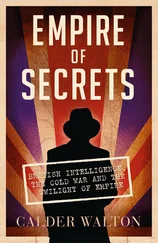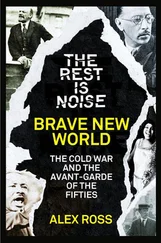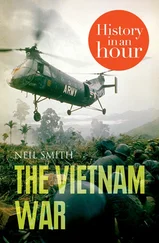Churchill, now no longer in office, gave a speech in Missouri on 5 March 1946, in which he coined the phrase the ‘Iron Curtain’, saying: ‘From Stettin in the Baltic to Trieste in the Adriatic, an iron curtain has descended across the continent.’ Britain, struggling economically, began the process of dismantling its empire – granting India independence in 1947, and removing military assistance and economic aid to Greece. The Greeks were in the midst of a bitter civil war between nationalists and communists and the US feared that without British aid, Greece would fall to communism and other struggling European nations would follow.
‘The seeds of totalitarian regimes,’ said US president, Harry S. Truman, on 12 March 1947, ‘are nurtured by misery and want.’ In other words, communism appealed to those suffering from hardship; remove the hardship, you remove the appeal of communism. Known as the Truman Doctrine, the president said that communism had to be contained, and that the USA could not, as it did after the First World War, turn its back on Europe – isolationism was no longer an option. Japan’s attack on Pearl Harbor in December 1941, which brought the US into the war, was proof that physical distance was no longer a guarantee of safety. In the post-war era a stable Europe was necessary for the future of the ‘free world’. Out of fear of communism, the US decided to send aid to Greece.
The Marshall Plan: ‘Communism cannot be stopped in Europe’ The Marshall Plan: ‘Communism cannot be stopped in Europe’ Berlin: ‘You should not and cannot abandon this city and this people’ The Bomb: ‘MAD’ The Korean War: Hot War US Anti-Communism: ‘Reds Under the Bed.’ Stalin’s Final Years: ‘I’m finished, I don’t even trust myself’ Khrushchev: ‘Different roads to socialism’ Space Wars: ‘Flopnik’ The Berlin Wall: ‘Berlin is the testicles of the West’ The Cuban Missile Crisis: ‘We’ll all meet together in Hell’ The Vietnam War: Unwinnable Rebellion: 1968 Nixon: ‘Vietnamization’ China, the USA and the Soviet Union: ‘Ping-pong diplomacy’ The Decline of Détente: ‘Lennonism, not Leninism’ Afghanistan: ‘The Soviet Vietnam’ The Polish Pope and Solidarity: ‘The last nails in the coffin of communism’ The Ex-Actor: ‘Regimes planted by bayonets do not take root’ Gorbachev: ‘Mr Gorbachev, tear down this wall!’ 1989: ‘Time to yield power’ The End of the Soviet Union: ‘The threat of a world war is no more’ Appendix 1: Key Players Appendix 2: Timeline of the Cold War Copyright Got Another Hour? About the Publisher Конец ознакомительного фрагмента. Текст предоставлен ООО «ЛитРес». Прочитайте эту книгу целиком, купив полную легальную версию на ЛитРес. Безопасно оплатить книгу можно банковской картой Visa, MasterCard, Maestro, со счета мобильного телефона, с платежного терминала, в салоне МТС или Связной, через PayPal, WebMoney, Яндекс.Деньги, QIWI Кошелек, бонусными картами или другим удобным Вам способом.
Three months after Truman’s speech, the offer of US aid was extended to any European nation that needed it. This aid package, the European Recovery Program, more commonly known as the Marshall Plan after its originator George C. Marshall (pictured below), aimed to revive Europe’s post-war economies, to alleviate hardship, and to deprive communism of its foothold. Once these economies were stabilized, the theory went, the US, too, would benefit, as trade between Europe and the US increased.
George C. Marshall
The offer was extended to the countries of eastern Europe and the Soviet Union itself. The Soviet Union had received huge loans from the US during the war to help defeat Germany and now, during the immediate post-war years, further aid would have been hugely beneficial to a country still suffering economically from the consequences of its war effort. But Stalin was never going to allow US/capitalist interference within the Soviet economy, and nor would he permit it in his satellite states. However, Poland and Czechoslovakia, still at this stage a democracy, saw the obvious benefits of US aid, and both accepted invitations to attend a conference in Paris, set for July 1947, to discuss the Marshall Plan. Furious, Stalin forbade them to go. Meekly, representatives of the Polish and Czechoslovakian governments traipsed to Moscow to face their dressing-down from Stalin, and returned home to politely decline the invitation to Paris. By February the following year, Czechoslovakia’s communists staged a coup overthrowing the only democratic government in eastern Europe, replacing it with a communist regime loyal to Stalin and Moscow.
In April 1948, Italy went to the polls. The US Congress was worried: ‘If Italy goes red, communism cannot be stopped in Europe’, and threatened to prohibit Italy from receiving Marshall aid if the communists won. They did not. The Marshall Plan, therefore, had the effect of reaffirming Churchill’s concept of the Iron Curtain by forcing countries to decide whether their loyalties lay to the west or the east. Sixteen countries finally accepted aid, which by 1952, had amounted to $13 billion. For those who chose the west, Italy and Denmark for instance, economic assistance came hand in hand with military protection with, in April 1949, the formation of NATO (the North Atlantic Treaty Organization), initially signed by twelve countries. West Germany joined in 1955, the same year that the Soviet Union and her seven satellites, as a direct counterbalance to NATO, formed the Warsaw Pact.
Berlin: ‘You should not and cannot abandon this city and this people’ Berlin: ‘You should not and cannot abandon this city and this people’ The Bomb: ‘MAD’ The Korean War: Hot War US Anti-Communism: ‘Reds Under the Bed.’ Stalin’s Final Years: ‘I’m finished, I don’t even trust myself’ Khrushchev: ‘Different roads to socialism’ Space Wars: ‘Flopnik’ The Berlin Wall: ‘Berlin is the testicles of the West’ The Cuban Missile Crisis: ‘We’ll all meet together in Hell’ The Vietnam War: Unwinnable Rebellion: 1968 Nixon: ‘Vietnamization’ China, the USA and the Soviet Union: ‘Ping-pong diplomacy’ The Decline of Détente: ‘Lennonism, not Leninism’ Afghanistan: ‘The Soviet Vietnam’ The Polish Pope and Solidarity: ‘The last nails in the coffin of communism’ The Ex-Actor: ‘Regimes planted by bayonets do not take root’ Gorbachev: ‘Mr Gorbachev, tear down this wall!’ 1989: ‘Time to yield power’ The End of the Soviet Union: ‘The threat of a world war is no more’ Appendix 1: Key Players Appendix 2: Timeline of the Cold War Copyright Got Another Hour? About the Publisher Конец ознакомительного фрагмента. Текст предоставлен ООО «ЛитРес». Прочитайте эту книгу целиком, купив полную легальную версию на ЛитРес. Безопасно оплатить книгу можно банковской картой Visa, MasterCard, Maestro, со счета мобильного телефона, с платежного терминала, в салоне МТС или Связной, через PayPal, WebMoney, Яндекс.Деньги, QIWI Кошелек, бонусными картами или другим удобным Вам способом.
The Marshall Plan also contributed to the unravelling of the fragile co-existence between East and West Berlin. In June 1948, the US and Britain announced proposals for establishing the new country of West Germany, and on 23 June introduced a new currency, the Deutschmark, into West Berlin. This immediately caused economic chaos in the Soviet sector as people clambered to exchange their old money for the new currency. The Soviets responded on 24 June by cutting off all road, rail and canal links between West Germany and West Berlin. The Berlin Blockade had begun. ‘People of this world,’ said the mayor of West Berlin, ‘look upon this city and see that you should not and cannot abandon this city and this people.’
Читать дальше
